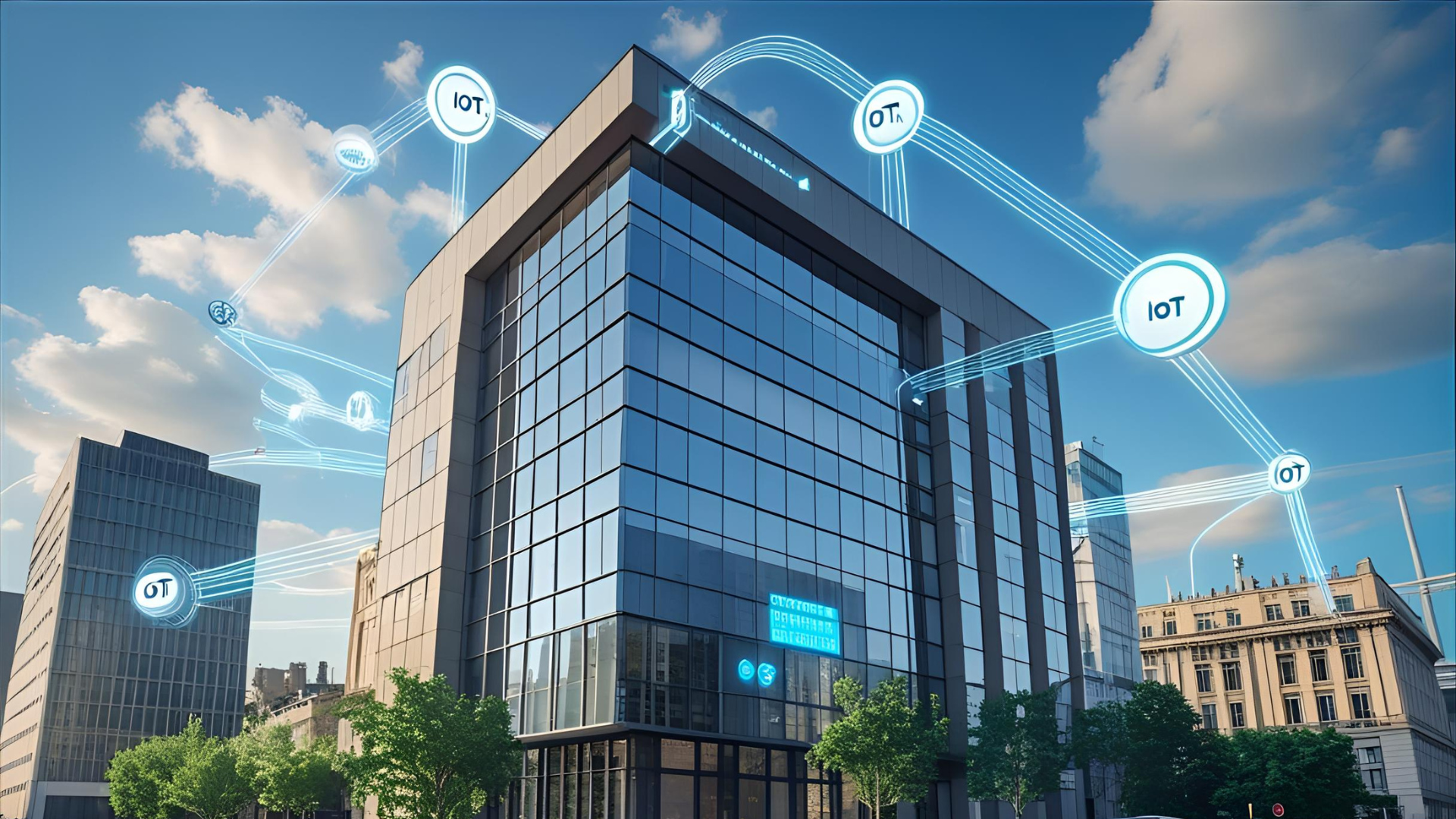Improving the energy management of buildings is a major challenge for businesses and local authorities. Yet despite growing awareness, many energy mistakes persist. Whether due to preconceived ideas, a lack of resources or poor planning, these energy mistakes can be costly.
Find out about the five most common mistakes in building energy management, and how to avoid them so that you can make a success of your energy initiatives and your energy transition.

Thinking that a few gestures are enough
Many people think that reducing energy consumption can be achieved by small daily gestures alone: turning off the lights, turning down the heating, unplugging appliances. While these actions are necessary, they are not enough to meet today's energy challenges and growing demands for efficiency.
Energy management is far more complex and evolving. It requires appropriate tools capable of measuring, analyzing and controlling energy flows in real time, in order to achieve optimum efficiency.
To avoid this mistake, it's essential to invest in solutions that provide visibility of energy consumption and enable precise adjustments. At Nexelec, our sensors continuously measure levels of CO₂, humidity or fine particles, to optimize ventilation, improve comfort and guarantee greater energy efficiency, while reducing energy-related costs.
Do nothing for lack of budget
Budgetary constraints are often cited as a reason for inaction. Yet failure to act is costly in the long term, between high energy bills, discomfort and non-compliance with current regulations, especially in a constantly evolving sector.
Fortunately, public grants, subsidies and financing solutions are available to support energy efficiency projects in all sectors. Whether you're talking about the tertiary, residential or industrial sector, specific schemes are available to support your transition.
Tip: Don't let budget be an obstacle. Call on experts familiar with the sector to help you identify available support and build an appropriate investment plan. Cost control also means gradual deployment, giving priority to actions with a high return on investment.
Going too fast
Energy management is not just a matter of rapidly deploying equipment. Every building is unique, and implementing an effective strategy requires time, analysis, preparatory work and successive stages.
Rushing can lead to inappropriate choices, higher costs, poorly planned work or poorly integrated systems, thus compromising the initial objectives of the renovation.
To avoid this pitfall, you first need to carry out an accurate diagnosis, define clear objectives and then deploy solutions gradually. This approach enables you to anticipate the work required, coordinate it more effectively and optimize its impact. Well-thought-out renovation is part of a structured approach that guarantees sustainable improvement, by ensuring consistency between the work carried out, the expected performance and the overall energy renovation objectives.
Not complying with current regulations
Legislation governing the energy performance of buildings is becoming increasingly stringent. Many people neglect this aspect, thinking that a simple one-off adjustment is enough, without considering the specific features of each building or the requirements of each project.
However, standards are evolving rapidly, particularly with requirements linked to indoor air quality and the reduction of greenhouse gas emissions. Every building must now meet precise criteria, whether for renovation, new construction or retrofit, depending on the objectives of the project in question.
The best practice is to ensure that each stage of the project complies with current regulations, keeping abreast of developments specific to each type of building. This avoids penalties, guarantees a responsible image and enhances the long-term value of the building concerned, while ensuring the overall coherence of the project.
Not using adapted solutions such as Nexelec sensors
Without accurate, real-time data, effective energy management is virtually impossible. Many professionals overlook the importance of installing high-performance sensors.
Nexelec solutions enable continuous measurement of air quality (CO₂, humidity, fine particles), giving professionals the ability to adjust ventilation and technical systems according to actual needs.
By integrating these sensors, you're not just reducing your consumption: you're also improving the comfort and health of occupants, a key criterion for the success of your projects, especially for professionals committed to a sustainable approach.
This news may interest you
Nexelec's news